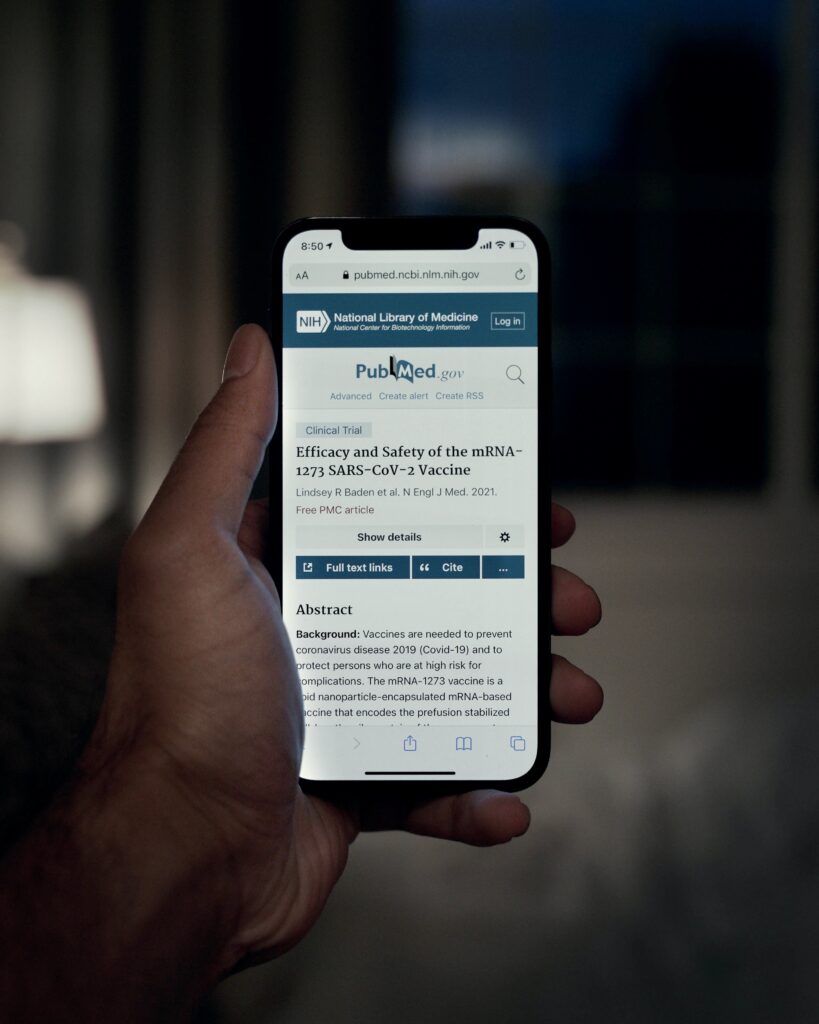If you’re in a jam and need to fix a flat tire on the go, a portable tire compressor can be a lifesaver. But what happens when that compressor starts acting up? In this article, we’ll explore some common troubleshooting tips to help you get your portable tire compressor back in working order. Whether it’s a lack of pressure, strange noises, or a dead battery, we’ve got you covered. So grab your tools and let’s get troubleshootin’!

Understanding the Basics of a Portable Tire Compressor
The structure and functionality of the Tire Compressor
A portable tire compressor is a compact and user-friendly device designed to inflate vehicle tires conveniently. It consists of a small motor, an air compressor, and various control buttons and indicators. The motor powers the compressor, which pulls in air from the surroundings and compresses it to fill up the tires. The control buttons and indicators allow you to adjust the pressure and monitor the inflation process.
Brief about the usage of tire compressor
A tire compressor comes in handy in various situations, especially during road trips or emergencies when your tires lose air pressure. With a portable tire compressor, you can quickly and easily inflate your tires, ensuring a safe and smooth journey. It saves you from the hassle of searching for a gas station or relying on others for help. Additionally, a tire compressor is not only limited to inflating vehicle tires but can also be used for inflating sports balls, inflatable toys, and even air mattresses.
Different types of portable tire compressors
There are several types of portable tire compressors available on the market, each with its own unique features and benefits. The most common types include:
-
12-Volt Compressors: These compressors are designed to be powered by your vehicle’s 12-volt power outlet or cigarette lighter. They are compact, lightweight, and easy to use. They are ideal for everyday use and can inflate most standard-sized vehicle tires.
-
Cordless Compressors: Cordless compressors are powered by rechargeable batteries, offering maximum portability. They are convenient for use when you don’t have access to a power outlet, such as during outdoor activities or off-road adventures.
-
High-Pressure Compressors: High-pressure compressors are specifically designed for inflating high-pressure tires, such as those used in trailers, RVs, or motorcycles. They provide higher PSI (pounds per square inch) levels and are equipped with specialized connectors to fit the specific valve stems of these tires.
-
Digital Compressors: Digital compressors feature a built-in digital pressure gauge that allows for precise inflation control. They provide accurate pressure readings, making it easier to achieve the desired tire pressure. Additionally, they often come with pre-set pressure settings and automatic shut-off features for added convenience and safety.
By understanding the various types of portable tire compressors, you can choose the one that best suits your needs and requirements.
Common Issues with Portable Tire Compressors
Compressor not turning on
One of the most common issues encountered with portable tire compressors is when they fail to turn on. If you encounter this issue, there are a few troubleshooting steps you can take. First, ensure that the power source is working by plugging in another device or using a different outlet. Check the cables and connectors for any damage or loose connections. If everything appears to be fine, the issue may lie within the compressor’s fuse or the internal motor.
Compressor running but not filling the tire
Another common issue is when the compressor is running, but the tire is not being properly inflated. This could be due to a variety of reasons. Start by confirming that the air hose is securely connected to both the compressor and tire valve. Check if there are any leaks or cracks in the hose that could be causing air loss. Additionally, make sure the air valve on the tire is fully open and not blocked. Insufficient power supply or a faulty pressure gauge can also prevent the compressor from filling the tire effectively.
Overheating of Compressor
A portable tire compressor may overheat during prolonged use, especially if you are inflating multiple tires consecutively. Overheating can cause the compressor to shut down or reduce its performance. To address this issue, allow the compressor to cool down before using it again. Avoid using the compressor in extreme heat conditions or direct sunlight, as it can exacerbate the problem. It is also essential to check if the cooling mechanism, such as the fan, is functioning properly and not obstructed by debris.
Frequent tripping of compressor
If your portable tire compressor frequently trips or shuts off during operation, it could indicate an electrical or safety issue. Check the power supply for any fluctuations or inconsistencies. Ensure that the compressor is not overloaded by exceeding its recommended load limit. Faulty safety mechanisms, such as pressure relief valves or thermal cut-offs, can also cause the compressor to trip. If the issue persists, it may require professional inspection and repair.
Noise from the compressor unit
While portable tire compressors are generally designed to operate quietly, you may sometimes encounter excessive noise during operation. Excessive noise can be an indication of internal component issues or poor build quality. Check for loose or damaged parts that may be causing vibrations or rattling noises. Evaluate the compressor’s build quality, as a higher-quality unit will likely produce less noise. If the noise continues to be a problem, it is advisable to contact the manufacturer or seek professional assistance.

Troubleshooting a Portable Tire Compressor That Won’t Turn on
Inspecting the power source and cables
If your portable tire compressor is not turning on, the first step is to check the power source. Plug in another device or use a different outlet to ensure that the power source is working correctly. If the power source is functioning, examine the compressor’s cables and connectors for any signs of damage or loose connections. Ensure that the power cable is securely plugged into the compressor and the power source.
Checking the compressor fuse
If the power source and cables appear to be intact, the compressor’s fuse might be the culprit. Many portable tire compressors are equipped with a fuse that protects the motor from electrical surges or overloads. Locate the fuse compartment on the compressor, usually near the power cord connection, and check if the fuse is blown. If it is blown, replace it with a fuse of the same rating. However, if the fuse continues to blow frequently, it may indicate an underlying electrical problem, and it is advisable to consult a professional.
Investigating the internal motor
If the power source and fuse are in good condition but the compressor still won’t turn on, the issue may lie within the internal motor. This requires some technical expertise and is best left to professionals to diagnose and repair. Contact the manufacturer’s customer service or take the compressor to an authorized service center for further inspection.
Troubleshooting a Portable Tire Compressor That Doesn’t Inflate
Confirming the pressure level
If your portable tire compressor is running, but the tire is not inflating, start by confirming the pressure level on the compressor’s pressure gauge. Ensure that the desired pressure setting is correctly specified. If the pressure setting is too low, adjust it to the desired level. Stay within the recommended PSI range for your vehicle’s tires.
Verifying the integrity of the connection hose
A common reason for a portable tire compressor’s inability to inflate a tire is a leak or damage in the connection hose. Inspect the hose for any visible cracks, leaks, or loose connections. Replace or repair the hose if necessary. Ensure that the hose is securely connected to both the compressor and the tire valve.
Examining the air valve
Sometimes, the issue may lie with the air valve on the tire itself. Make sure that the valve is fully open and not clogged or blocked. Use a valve tool or a small object to press down on the valve stem to release any trapped air or debris. If the valve is damaged or malfunctioning, it may require replacement or professional repair.

Managing Overheating Problems with Portable Tire Compressors
Understanding the reasons for overheating
Portable tire compressors can overheat due to various reasons, including prolonged use, inadequate cooling mechanisms, or operating in high-temperature environments. Overheating can negatively impact the compressor’s performance and potentially lead to motor failure. It is crucial to identify and address the underlying causes of overheating to ensure the compressor’s longevity.
Assessing the cooling mechanism
Inspect the cooling mechanism of the compressor, such as the fan and heat sink, to ensure they are functioning correctly. Ensure that the fan is clean, not obstructed by debris, and spinning freely. If the cooling mechanism is compromised, it can result in reduced airflow and inadequate heat dissipation, leading to overheating. Clean the fan or heat sink if necessary, or consult the manufacturer for further guidance.
Reworking the environment and position of the compressor
The compressor’s surroundings and positioning can significantly impact its heat dissipation and overall temperature. Avoid operating the compressor in direct sunlight or extremely hot environments, as this can increase the likelihood of overheating. Provide adequate ventilation and airflow to the compressor by keeping it away from walls or other objects that may obstruct its cooling. If possible, place the compressor on a heat-resistant surface or elevate it slightly to improve airflow.
Tackling Noise Issues in Portable Tire Compressors
Recognizing the source of the noise
Excessive noise from a portable tire compressor can be frustrating and disruptive. Identifying the source of the noise is the first step in troubleshooting this issue. Listen closely to pinpoint the location and nature of the noise. It could be coming from the motor, fan, internal components, or loose parts.
Inspecting the internal component
Open the compressor’s casing, following the manufacturer’s instructions, to inspect the internal components. Check for loose or damaged parts, such as screws, belts, or connectors. Tighten any loose components and replace any damaged parts. Additionally, clean the internal components, removing any debris or dirt that may be contributing to the noise.
Evaluating the compressor build quality
The build quality of a portable tire compressor can significantly impact its noise level during operation. Higher-quality compressors are typically designed with noise reduction measures in place, such as vibration dampeners and sound-absorbing materials. If excessive noise is a persistent issue even after troubleshooting, consider investing in a compressor with better build quality for a quieter operation.
Dealing with Frequent Tripping of the Compressor
Investigating the power supply
Frequent tripping of a portable tire compressor may indicate an issue with the power supply. Check for fluctuations or inconsistencies in the power source, such as low voltage or power surges. If possible, try using the compressor with a different power outlet or power source to determine if the issue lies with the electrical supply.
Checking the safety mechanisms on the compressor
Portable tire compressors are equipped with various safety mechanisms to prevent damage and ensure safe operation. These mechanisms may include pressure relief valves or thermal cut-offs to protect the motor from overload or overheating. If the compressor is tripping frequently, it is essential to check if these safety mechanisms are functioning correctly. Consult the compressor’s user manual or contact the manufacturer for guidance on checking and adjusting the safety mechanisms.
Evaluating load limit settings
Each portable tire compressor has a specified load limit that should not be exceeded to avoid tripping or potential damage. Evaluate the load limit settings on the compressor and ensure that you are not overloading it. If you frequently encounter tripping issues, consider upgrading to a compressor with a higher load limit or opting for a compressor specifically designed for heavier-duty applications.
Replacing a Faulty Portable Tire Compressor
When replacement is more cost-effective than repair
In some cases, it may be more cost-effective to replace a faulty portable tire compressor rather than investing in repairs. If the compressor has significant internal damage, a worn-out motor, or multiple recurring issues, the costs of repairs and parts may outweigh the cost of a new compressor. Additionally, older models that are no longer supported by the manufacturer may be challenging to repair, making replacement a more viable option.
Choosing the right model for your needs
When replacing a portable tire compressor, it is essential to choose the right model that suits your needs. Consider factors such as the desired PSI range, intended usage, portability, and available power sources. Research different models, read customer reviews, and consult with knowledgeable sales associates to make an informed decision. Selecting a reliable and high-quality compressor will ensure optimal performance and durability.
Properly disposing of your old compressor
When replacing a faulty portable tire compressor, it is crucial to dispose of the old compressor properly. Check your local regulations and recycling centers for guidelines on electronic waste disposal. Many communities have designated recycling facilities or collection events for electronics. By disposing of your old compressor responsibly, you contribute to environmental sustainability and prevent potential harm from improper disposal methods.
In conclusion, understanding the basics of a portable tire compressor and common issues that may arise during their use can help you troubleshoot potential problems effectively. By following the troubleshooting steps outlined for each specific issue, you can address and resolve issues such as the compressor not turning on, failure to fill the tire, overheating problems, excessive noise, frequent tripping, and more. In certain cases, replacement may be a more cost-effective option than repairs, and selecting the right model for your needs ensures a reliable and efficient portable tire compressor. Always prioritize safety and be mindful of proper electronic waste disposal to minimize environmental impact. With the knowledge and practical tips provided, you can confidently troubleshoot and maintain your portable tire compressor for optimal performance and longevity.
